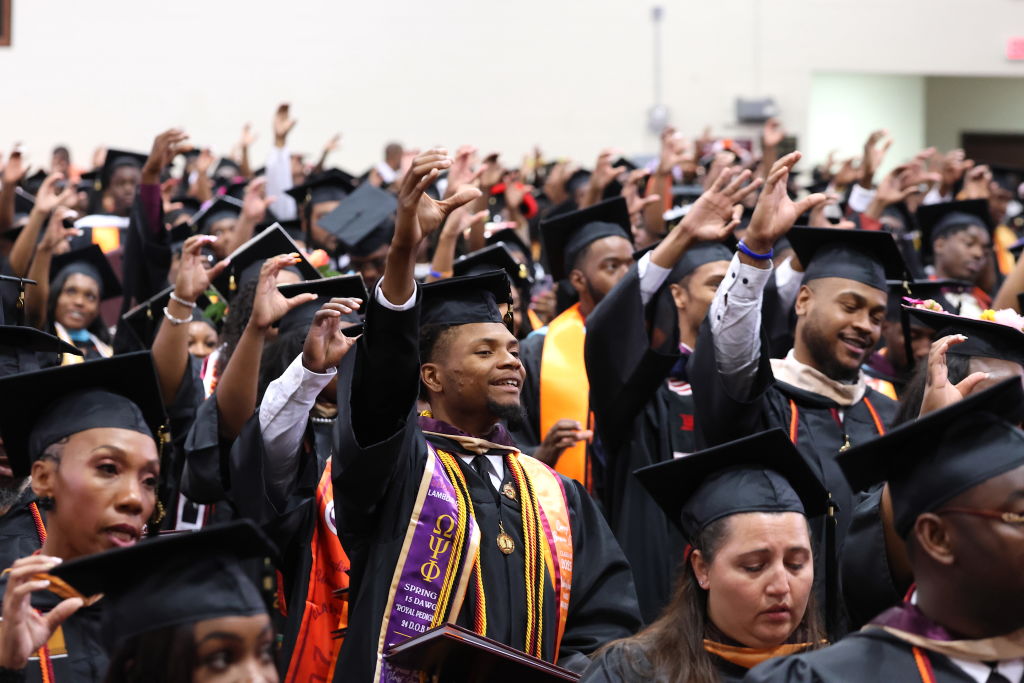Despite an improving economy and a falling national unemployment rate, some American workers are still struggling to dig out from under sky-high debt that piled up during the Great Recession.
One of the best and obvious ways to reduce debt is to stick to a budget, says New Jersey-based financial expert Tiffany Aliche, also known as the Budgetnista and author of The One Week Budget.
Put yourself on an allowance
While obvious, it’s not always easy to stick to a budget. One trick, she says, is to give yourself an allowance like you’re 15 years old again.
“Track your spending by keeping an itemized list of expenditures, including what you spend on grooming, groceries, entertainment, etc.,” she told NewsOne.
Aliche, 35, knows all about pared down spending and sticking to a budget. In 2009, she lost her job of seven years as a preschool teacher when the school closed after funding cuts. As her savings dwindled, she was forced to move back in with her parents in order to save money.
While at home, she regained her economic footing and launched the Budgetnista after an aggressive social media marketing campaign. Eventually, she began to make more than she earned as a teacher.
“I learned a lot during that time,” Aliche said. “I learned to save and create during a crisis. But I also learned early to manage money.” She had a great mentor: Her father, who emigrated to the U.S. from Nigeria and holds degrees in both finance and economics. He worked for 30 years as the executive director of a New Jersey-based nonprofit.
“I grew up in a financial literate household,” she said. “My dad taught us budgeting.”
Automate your bill-paying
Besides giving yourself an allowance, Aliche advocates setting up separate accounts for bills and other types of spending to help you stick to a budget. Here is how to make it work: Write down monthly totals for everything, including rent, cell phone, groceries, entertainment, and how much you spend on breakfast each morning.
Next, set up an account for bill paying and another one for other expenditures.
To organize your bill-paying, figure out your pay cycle. If it’s every two weeks, separate bills into two categories: A for the beginning of the month and B for the end of the month. Then time money transfers into the bills account to cover categories A and B.
“My total monthly bills are about 3,000 and I’m bill heavy, or have due dates, at the beginning of the month,” she said. “So I know by the first of the month, I need about $2,500 sitting in my bills account and about $500 by the end of the month. All of the money is automatically transferred into my bills account in time for automatic payment withdrawals.”
Withdraw money for other expenditures from your spending account, Aliche advises.
SEE ALSO: Do You Have An Attitude About Money? Change It In 10 Easy Steps
Automation is key. That means you want payments for your rent, car, credit cards and other loans to be automatically withdrawn from your bills account on their respective due dates, she said.
“Automation is the new discipline,” said Aliche, who is a disciple of the process. “The reason people fall off budget is because of overspending. People also rack up late fees because they fail to make payments on time. This process helps people to pay their bills on time and lets them to forget about it.”
The process also allows you to swipe your debit card without worrying about whether you’ve accidentally spent your rent money on your hair or dinner, she said. “I’m about to be 35 and I started automatic bill payments when I was 25. Trust me; it works.”
Now, are you ready to stick to your budget?
























